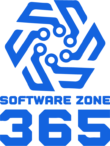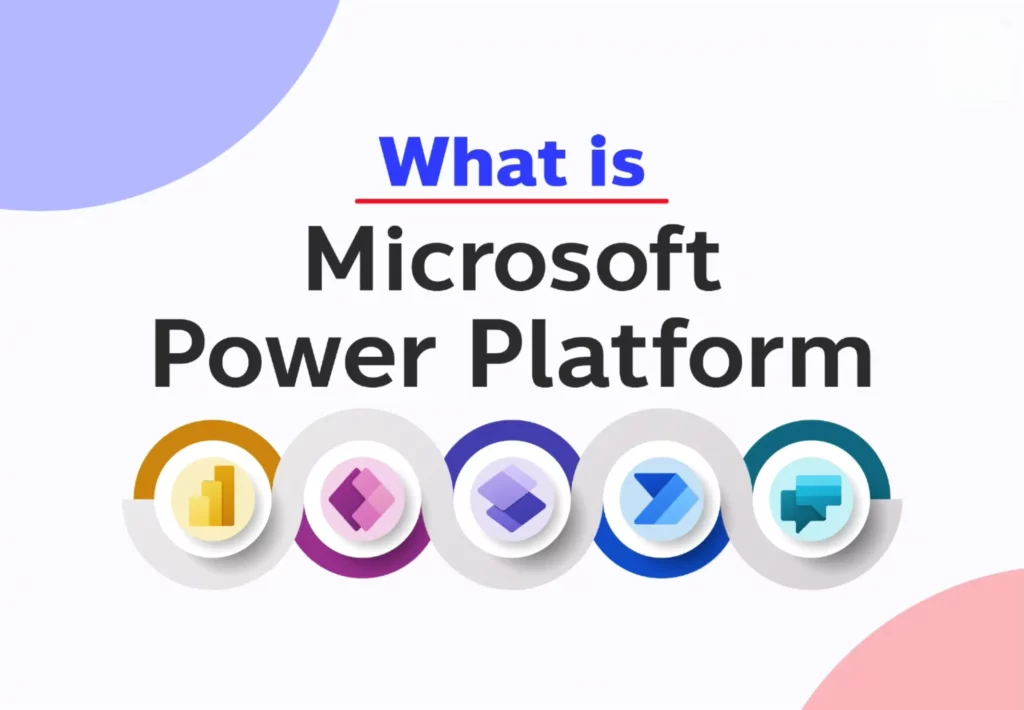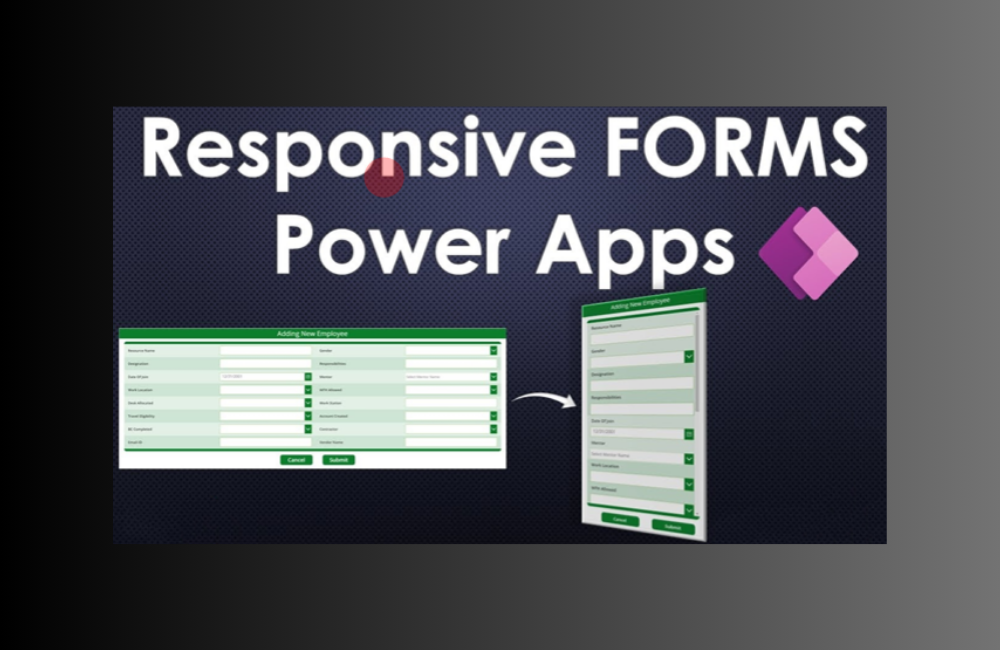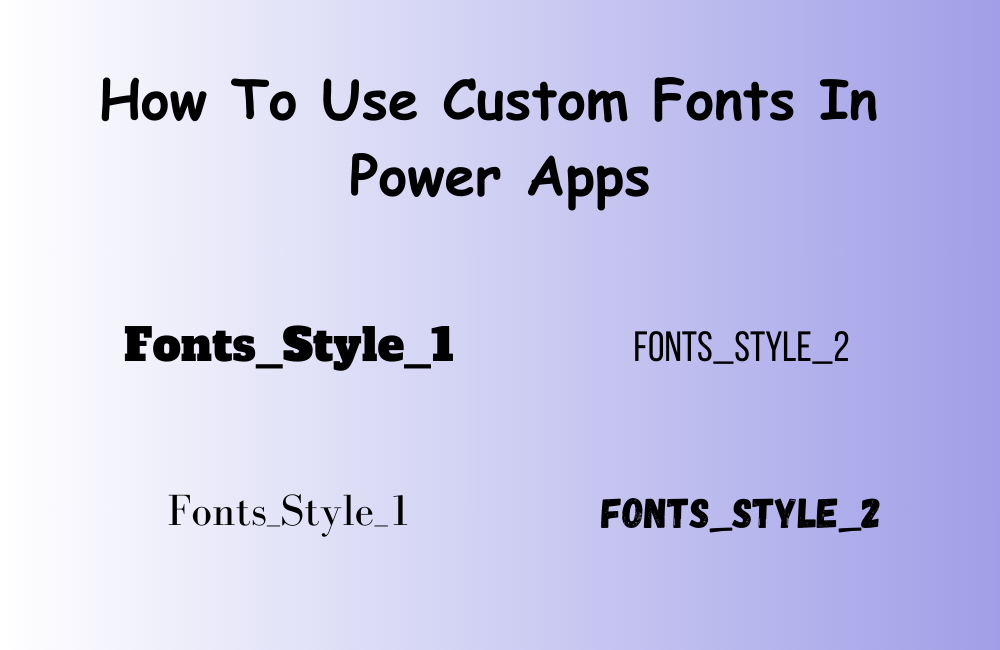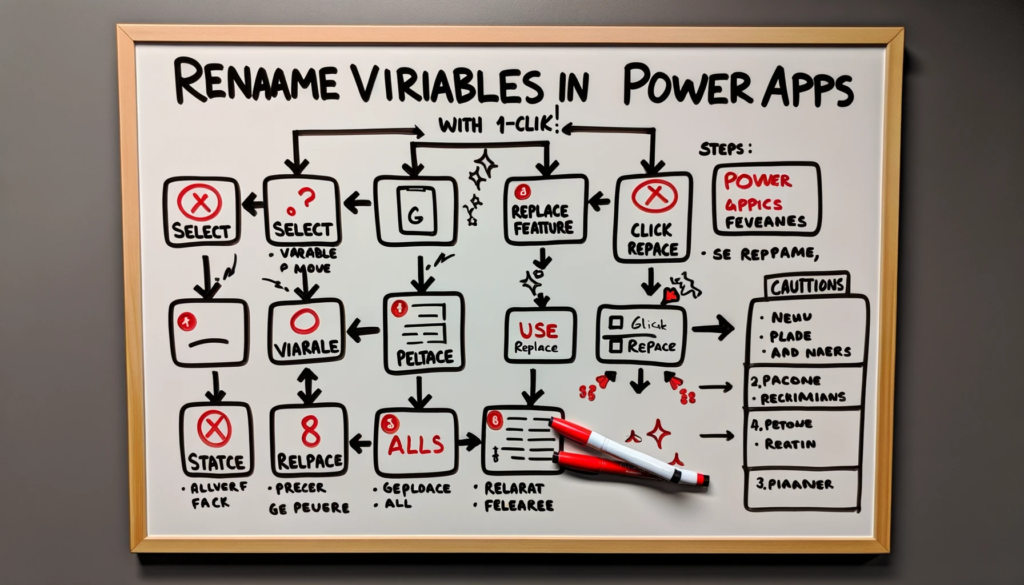Transferring data across multiple platforms can sometimes be daunting, especially in PowerApps. One recurring query that we come across is the copying of PowerApps from one environment to another, particularly when dealing with screens. This guide will walk you through an efficient technique to achieve this, ensuring a seamless experience for your app development needs.
In the vast expanse of the Power Apps interface, you might notice an absence – there’s no direct method to copy and paste screens across different apps. However, there’s a way around. The solution? Design a new screen in your desired app, and simply copy-paste the controls from your source app into the new screen.
Step-by-step Guide: Transferring a Canvas App Screen to an Embedded Model-Driven Canvas App
Let’s use a recent task I undertook as an example. The challenge was to transfer a screen from a standard canvas app to an embedded model-driven canvas app.
Begin by clicking on an empty part of the screen in the source app. Use Ctrl+A to select everything and then Ctrl+C to copy the entirety of its contents.
In the destination app, navigate to the new screen and hit Ctrl+V to paste. It’s worth noting here: if your source screen has data controls, always establish the necessary data connections in the target app first. This preemptive measure ensures you avoid any potential errors arising from missing data references.
The outcome? You’ve successfully replicated the content from a regular canvas app onto an embedded model-driven canvas app.
Additional Applications
This strategy isn’t just limited to the above example; it’s also viable for moving screens between standard canvas apps and apps integrated with SharePoint, or even embedded Power BI canvas apps.
An intriguing use-case is the potential to copy controls from a “Power Apps for Teams” application into a standard canvas app. For instance, post-transfer, your standard canvas app might incorporate Fluent UI controls from a Teams app. This allows for a more fluid app development experience, especially when migrating apps between different platforms.
Another notable scenario is copying screen components into Model-Driven Pages. Although certain controls like the timer might not be natively accessible in the model-driven page designer, this technique can sometimes be a game-changer for those in need of specific functionalities.
If you’re ever in a quandary or require further technical assistance, don’t hesitate to contact us. Our dedicated team is always here to guide and support you, ensuring you maximize your PowerApps experience.
Conclusion: Navigating the process of transferring screens between apps in PowerApps can be simplified with the right techniques. Although PowerApps doesn’t offer a direct copy-paste function for screens, the steps highlighted above can be a great workaround. Whether you’re transitioning screens between apps within different environments or attempting to utilize content across various app types, this guide has got you covered. Remember, should you ever need professional guidance or are keen on delving deeper, don’t hesitate to reach out to us.
